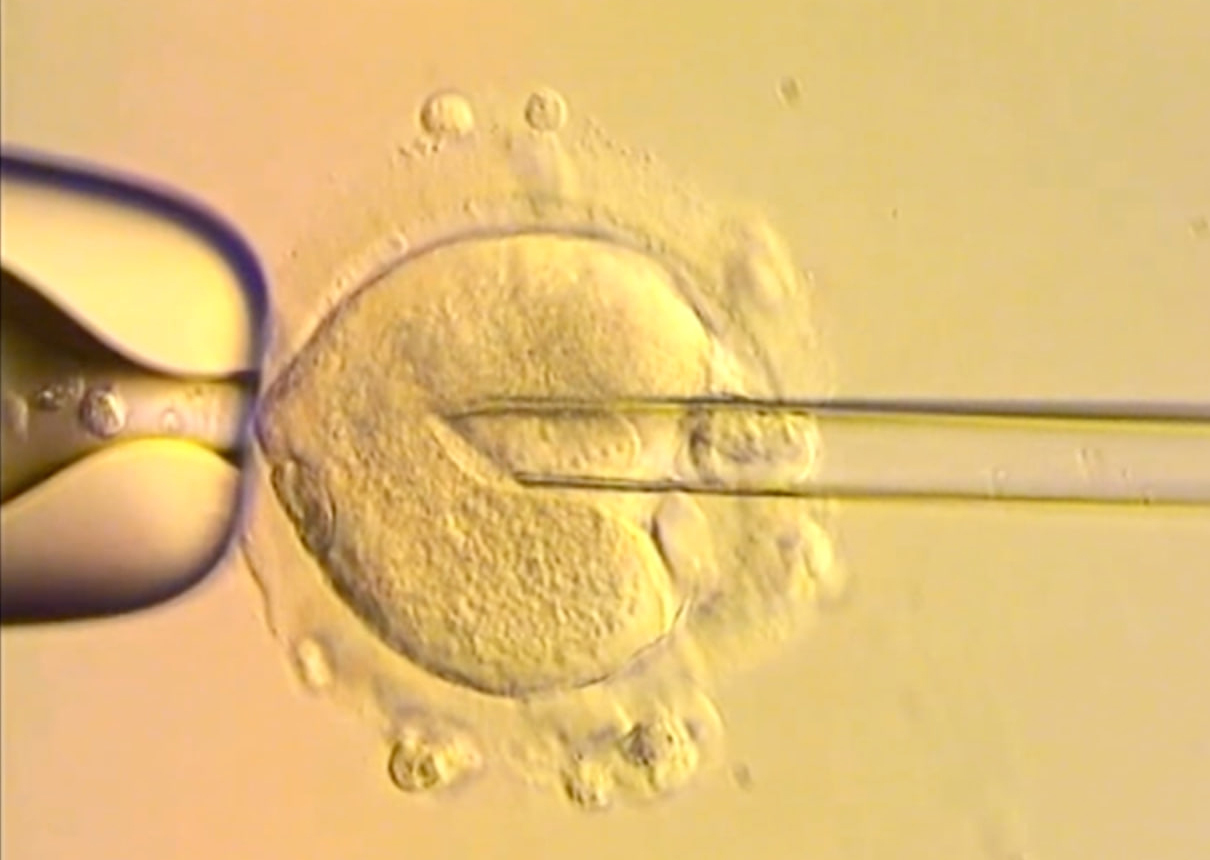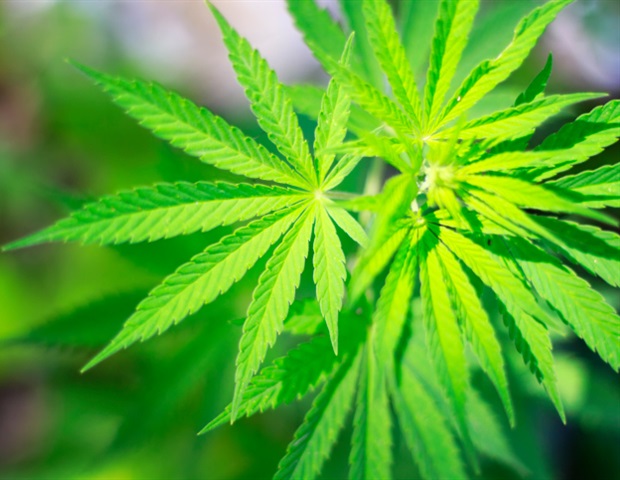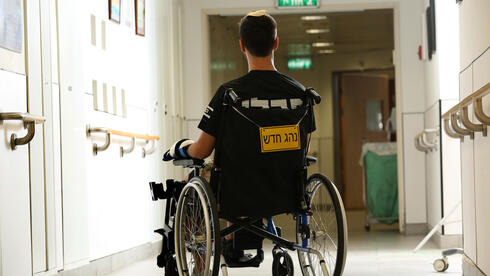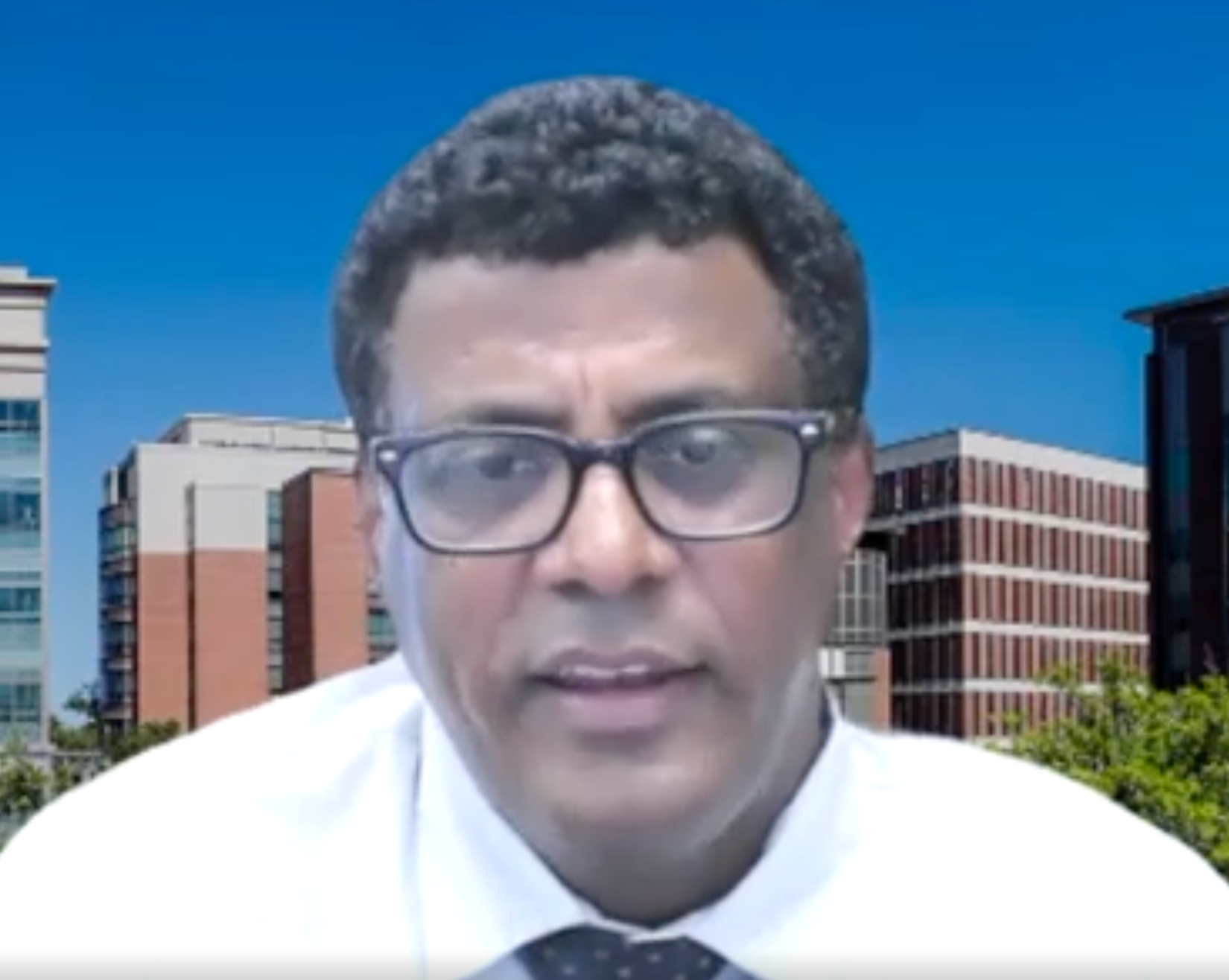Philippine Health Officials Sound Alarm Over Rising HIV Infections Among Youth
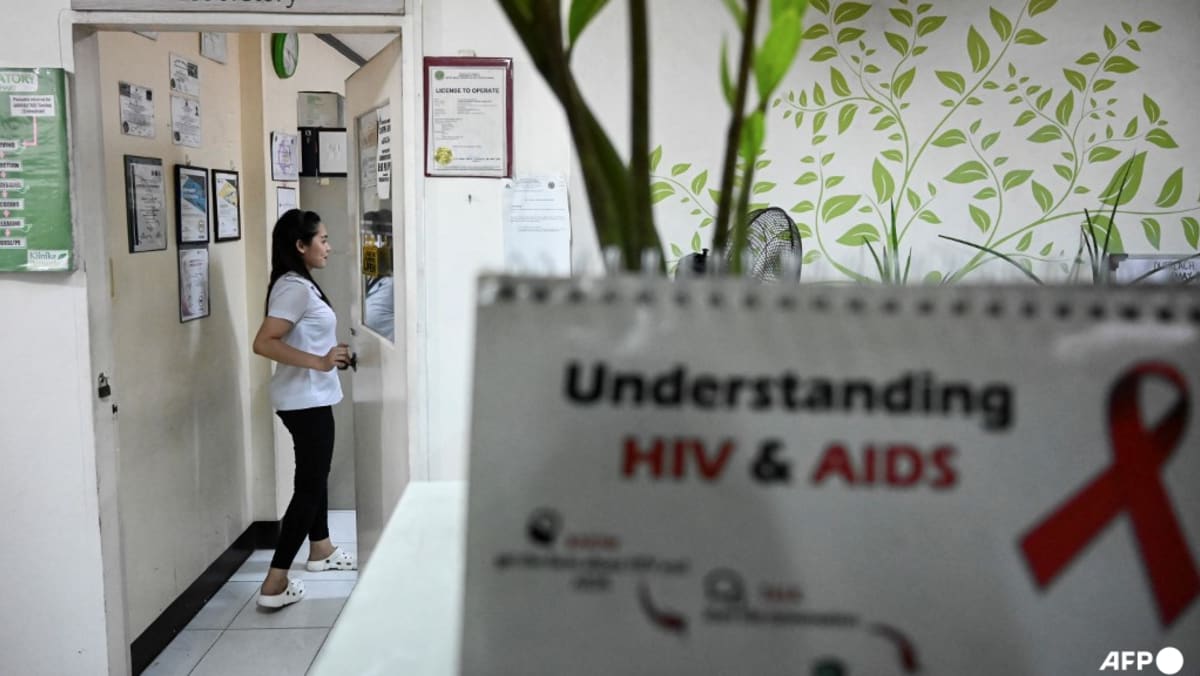
MANILA: In a concerning development, Philippine health authorities issued a stark warning on Tuesday, June 3, regarding a possible "public health emergency" as the country faces a significant surge in HIV infections, particularly among young males. This alarming trend has emerged in 2025, with statistics showing an average of 57 new cases reported every day within the first three months alone. This figure marks a staggering 50 percent increase compared to the same period last year. The data, released by the Department of Health, underscores a growing crisis in a nation home to approximately 117 million people.
Health Secretary Ted Herbosa emphasized the gravity of the situation in a video message shared on Tuesday. "We now have the highest number of new cases here in the Western Pacific," he stated, highlighting the Philippines’ alarming position in the region concerning HIV prevalence. Herbosa further pointed out the troubling statistic that a significant portion of the new infections involves youth, stating, "What is frightening is, our youth make up many of the new cases." This acknowledgment brings to light the urgent need for targeted interventions aimed at younger demographics.
Given the escalating crisis, Secretary Herbosa proposed that it would be prudent to declare a national health emergency concerning HIV. Such a declaration would serve to mobilize not only healthcare professionals but the entire government and society at large in the fight against this epidemic. "It would be in our interest to (declare) a public health emergency, a national emergency for HIV to mobilize the entire society, the whole of government to help us in this campaign to reduce the number of new HIV cases," he explained.
Current statistics reveal that a staggering 95 percent of the newly reported HIV cases are male. Among these new infections, 33 percent are individuals aged between 15 to 24 years, while 47 percent fall within the 25 to 34 age bracket. The government has yet to provide a comprehensive explanation for the surge in cases, which threatens to derail efforts to achieve global targets established by a United Nations initiative aimed at eliminating the AIDS epidemic by the year 2030.
Under the existing Philippine legal framework, the president possesses the authority to declare a health emergency if an epidemic poses a threat to national security. The last instance of such a declaration occurred at the onset of the COVID-19 pandemic in 2020. Meanwhile, the health department reported that only 55 percent of the people living with HIV in the Philippines have been diagnosed, and a mere 66 percent of those diagnosed are receiving life-saving antiretroviral therapy.
The primary mode of HIV transmission in the Philippines continues to be sexual contact, with the majority of cases since 2007 linked to men who have sex with men. This demographic trend necessitates focused public health strategies to address the unique needs of this community. The rise in HIV cases in the Philippines has been ongoing since 2021, with estimates suggesting that by the end of this year, around 252,800 individuals will be living with HIV in the country. This situation calls for immediate and effective action to curb the rising tide of infections and protect the health of Filipino citizens.
















